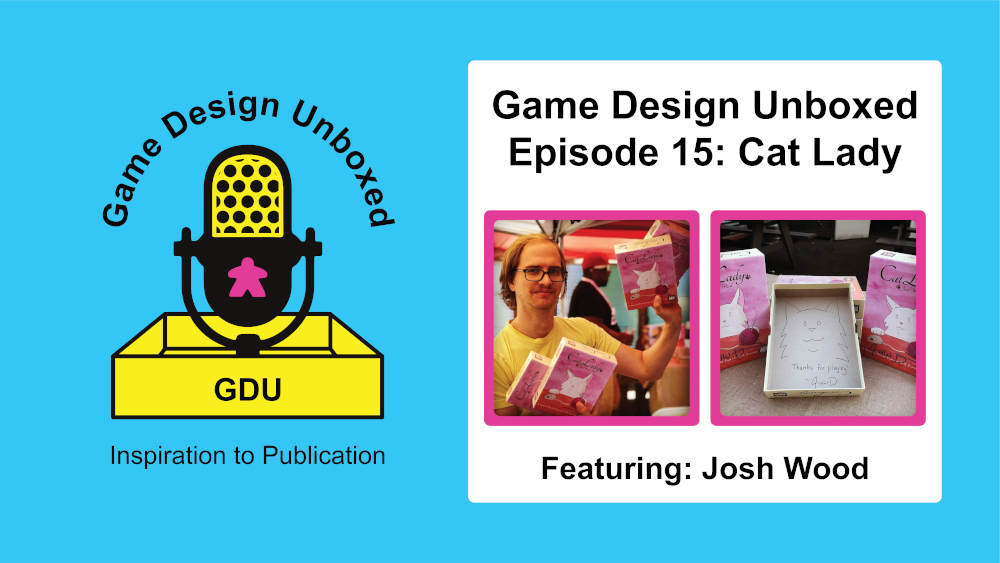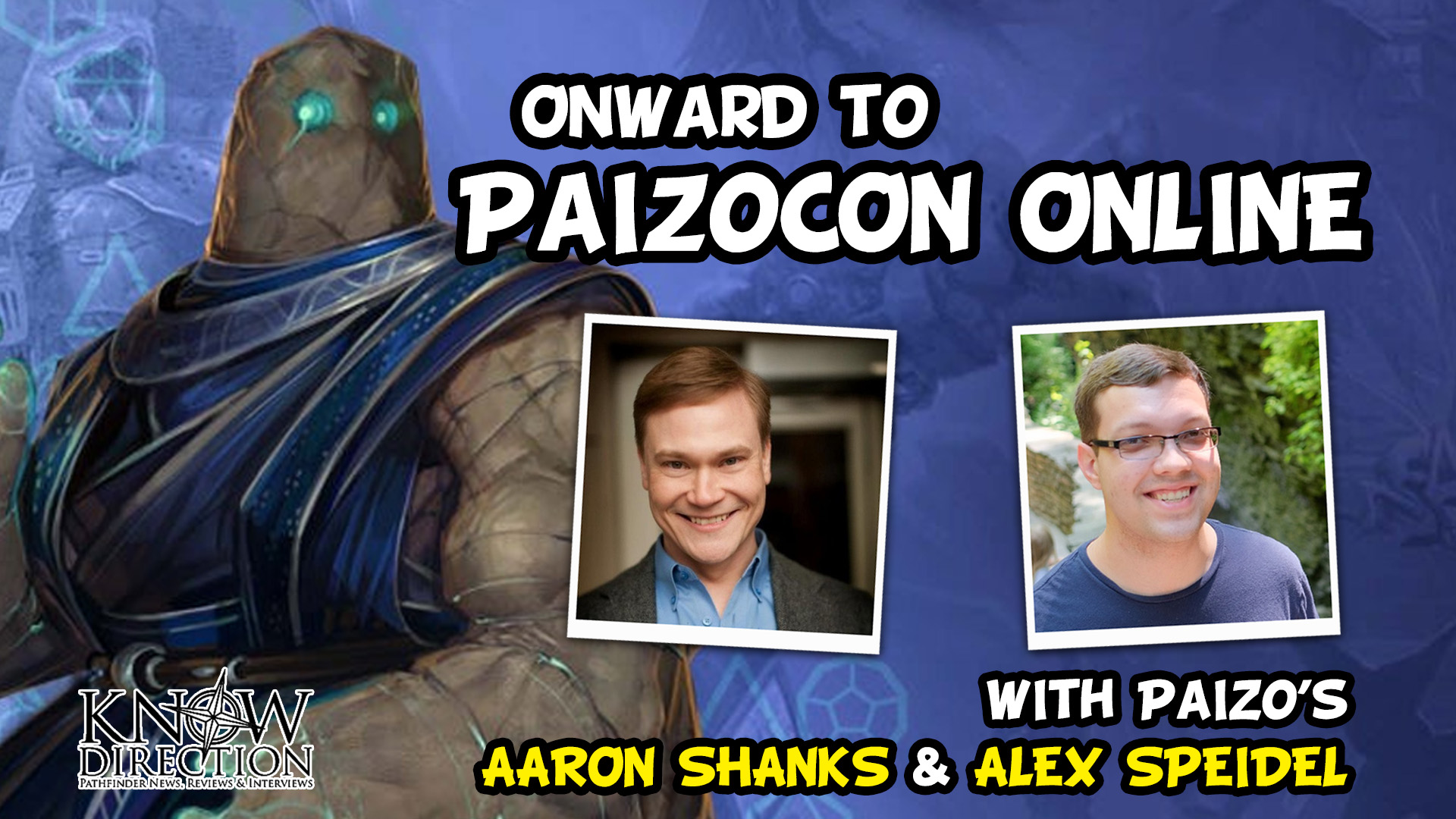The word “Gritty” seems to show up most often in reference to young audience media being adapted to an older audience. A gritty reboot.
In that vein, I’ve adapted a tool for you, my fellow GMs, to establish the grittiness of your campaign.
The G.R.I.T. Scale
Long time listeners might remember 3.5 Private Sanctuary episode 55: COMIC Continuum. In it, I talked with Jay and guest co-host Tina about the COMIC continuum, by 2008 podcast Superhero Summit. COMIC was an acronym, and a shortcut for setting expectations for your session or campaign.
COMIC stood for:
Colour: How fantastic your game is.
Origins/Options: How wide a variety of options are available to your character.
Mystery: How known and accepted magic and monsters are.
Innocence: How the population reacts to the heroes.
Carnage: How violent the game gets.
I love the concept and think back on that episode often*. I’ve long wanted to develop my own version that applied to fantasy RPGs better, or ideally all RPGs. It took almost 15 years, but I finally did. The GRIT Scale.
Again, full credit to Superhero Summit and its hosts, Victor Cantu and JJ Lanza. The GRIT Scale stands on the foundation laid by the COMIC Continuum.
G.R.I.T.
G.R.I.T. stands for Graphic, Realism, Investment, and Technical.
Each letter represents an aspect of your campaign, which you assign a rating between 1 and 4. The higher the rating, the more of that aspect your players can expect in your game.
Graphic
How descriptive will the violence in the game be?
- Abstract: Cuts don’t bleed, fire doesn’t burn, the consequences of weapons and magic is simply HP loss.
- Occasional: To drive home a point, a normally toothless action might be described with fangs.
- Representational: More or less as graphic as the dangerous lives of wizards and warriors fighting monsters would be.
- Exaggerated: Descriptions get indulgent, and aim to evoke reactions.
Violence plays a major role in most adventure RPGs, from common conflict resolution in most random encounters, to epic showdowns to conclude campaigns pitting the players against their mortal enemies. Pathfinder by default handles fights to the death with the casualness of a side scrolling video game.
But do the dead just blink out of existence as soon as they hit the ground? Or does blood flow with the impact of every blow?
Think of a 1 as how the X-Men animated series pilot handled Morph’s death. While the show was willing to kill off a character, the camera cuts away to Professor X and Jean Grey experiencing his death psychically from the safety of the X-Mansion.
Sticking with the animated super hero theme, Grit level 4 is Invincible. The animators go out of their way to illustrate the impact of every blow. The camera lingers on the horror high points. Scenes of violence illicit visceral reactions from the audience.
Realism
What role does the real world play in your game?
- Escapist: How we’d like the world to be. Evil is easy to spot and we solve our problems by killing them.
- Gamified: There is room to explore realistic topics and themes, but you can also kill a roomful of goons without thinking about the families who just lost a loved one because rolling dice is fun and mooks is an action trope.
- Grounded: There is a sense of consequence to your actions, and psychological and sociological arguments can win out in rules disputes.
- Analogous: The game is an opportunity to explore life’s truths.
How your group deals with the goblin baby thought experiment shows what level of realism they’re looking for. In case you’re unaware, the goblin baby thought experiment asks if its right for PCs to kill a goblin baby. Would that baby grow up to be evil, because the campaign material says all goblins are evil (well, not anymore, thanks in part to the goblin baby thought experiment).
Players looking for a Realism 1 game don’t even want to be asked what they would do with a goblin baby. They are OK wiping out a goblin tribe, and they won’t question why -and actually prefer that- the entire village be able-bodied adults with no family or friends.
Players looking for a Realism 4 game, on the other hand, might relish the opportunity to adopt an goblin orphan and raise it themselves. Is it to save the baby goblin from the influence of an evil culture, or reparations for how the goblins get written off as evil and killed without hesitation. The game is equally
Investment
How engaged do your players need to be?
- Casual: Everyone is here for a good time, if not a long time.
- Steady: Try to play regularly, but some effort into the characters and campaign.
- Committed: The campaign and its characters play a pivotal role in your social life.
- Soulmates: You know each other’s characters better than you know the players. And you are OK keeping it that way.
No GM wants the big reveal they set up months ago to fall flat. That can happen when the investment levels of the players doesn’t match your investment level as a GM.
What you get out of an RPG depends on what you put into it. A story light dungeon crawl scheduled whenever everyone’s free is a nice way to spend time with friends, and an opportunity to blast some monsters from time to time. A 20-level adventure path rigidly scheduled on a weekly basis can feel as epic as a fantasy novel, personally geared towards you.
Casual players or a casual GM can be like a filler comic. You bought it because the cover features Batman caught in a Joker contraption. As long as somewhere in the issue Batman ends up in that contraption, you’ve gotten your money’s worth. At this level, a callback wouldn’t be appreciated, because it’s asking for too much investment in what’s come before.
Steady and Committed levels are more like shows with self contained plots and hints of meta. Steady’s like season 1 of Buffy, where every episode had a monster of the week, typically bookended by a scene connecting it to the season villain (The Master), and the season ends with a Buffy/The Master confrontation. Committed level would be a later season, that build on the previous seasons and secondary character relationships more.
When we’re talking Soulmates level, it’s like WandaVision. If you jump into a random episode, you have no idea what’s going on. Heck, even after just an episode or two, you don’t fully know what’s going on, and you return out of faith that the big picture makes more sense than a zoomed in pixel.
Technical
How much impact do the rules have on your game?
- Light: Hopefully everyone knows how to play their character, but if the GM needs to make a call, so be it.
- Moderate: Rules make the game more than just make believe, but they shouldn’t get in the way of a good time
- Advanced: A solid combo or clever implementation of an option that’s completely within the rules is as exciting as winning a big fight and solving a tricky puzzle.
- Intense: The only way to fully lose yourself in the game is to know the rules backwards and forwards and follow them to the letter.
Roleplaying game rules simulate a fantasy world in a way that allows everyone at the table to share an experience. However, rules can be a lot. A full simulation that also accounts for spellcasters and magical creatures needs a huge rulebook, and language ambiguity can bog a game down. While one of the rules is that we GMs have final say, that does not mean we have to silence rules discussions and hand wave arguments.
Similarly, RPGs have a lot of options. Some groups prefer to hit the buffet, others want a curated experience. The more rulebooks you allow in your game, you messier your plate might get.
The G.R.I.T. Scale and You
Although G.R.I.T. divides the game up into four aspects, each aspect covers a variety of elements that might be of concern to you and your players. Feel free to subdivide the aspects as you see fit. You might run a Graphic 4 game, with assurance to your players that no harm will come to children. Your game could be Technical X, where X represents both the number of options the players want available to them and consequently how much of the game time you see spent on rules discussions.
The G.R.I.T. Scale doesn’t replace a session 0, it compliments it. Set your expectations for how G.R.I.T.ty you intend your campaign to be, then open the discussion to see if where the players would like higher or lower scores, or exceptions.
The G.R.I.T. Scale and Me
I’m not joking when I say I’ve been thinking about adapting the COMIC Continuum for over a decade. Multiple acronyms were considered before I stumbled onto G.R.I.T., and then I revised each letter’s meaning multiple times. I’m happy with the word and letters I ended up with, but trust me when I say I know they aren’t the only options out there. If you have alternatives you’d like to suggest, I’d love to hear them.
*I went on a side quest trying to track the actual episode down, which turned out to be much harder than I expected. I wrote about it on the Least I Could Do blog, if you’re interested.
Every two weeks, Ryan Costello uses his experience as a Game Master, infused with popular culture references, to share his thoughts on best GMing practices to help his fellow GMs. Often deconstructing conventional wisdom and oft repeated GMing advice, he reminds his fellow GMs that different players play the game in different ways, and for different reasons.






